Tax reform modifications on alternative minimum tax (AMT) mean fewer people will have to pay it.
To reduce the impact of AMT, lawmakers made two changes including raising exemption amounts under the tax and changing who could use the exemptions.
From 2017 to 2018, exemption amounts jumped $16,000 for single filers and $24,900 for joint filers, preventing the majority of taxpayers from having to pay AMT.
In addition, those with higher incomes who paid the AMT in the past no longer have to pay. Taxpayers who earn more than the applicable threshold amount lose $1 in AMT exemptions for every $4 made above the specified income level. This threshold boost largely eliminated upper-middle-income taxpayers having to pay AMT.
Although most won’t have to pay AMT, there are special circumstances in which it could still affect some taxpayers.
